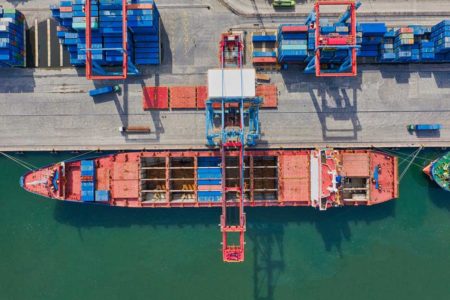Most of us know that Walmart has its own private fleet but now they are making expansions with a proprietary container design and company drivers in order to provide Intermodal Service. Walmart uses its current fleet of 6,400 tractors and 60,000 trailers to deliver to its 4,700 stores. They currently employ 8,000 drivers. Even so, they rely on third-party service providers for deliveries and other services. By reassessing these contracts and improving their fleet schedule and routing they believe they can expand their own fleet and stop relying heavily on other service providers. Aside from gearing up to mover much of their services in-house, they are also looking to convert their inbound highway to rail shipping to reduce costs.
A Growing Trend
It seems, large shippers are racing to stop outsourcing and do everything in-house. Amazon has also begun looking into alternative options for shipping and delivery. Walmart began replacing contract carriers at various distribution centers. They stated it was the best financial move for them, but it also displaced many of the fleets they had been using in those areas previously. Walmart’s move seems to all come down to cost. Their unwillingness to pay third-party services is the real culprit. Walmart has earned a reputation for paying their workers less than a living wage or industry standard. We hope that is not the case when it comes to them trying to in-house their fleet and Intermodal Service with drayage
Walmart’s decision is not only based on cost-effectiveness but the higher demand for faster delivery windows. Their current fleet handles store delivery and picks up one-third of inbound supplier shipments. The company launched a pilot program last year where they shipped goods via rail from Southern California to the Midwest and Texas. They used their own containers and company drivers for the pickup and delivery. Walmart currently spends hundreds of millions of dollars a year on intermodal service which, according to their vice president of inbound transportation Ken Braunbach, their spending is unlikely to change but the amount of control they have will.
Class 1 Railroads
Earlier this year, Class 1 railroads reduced the number of intermodal routes available by 230. There are now running on precision scheduling which means shippers have no flexibility. There are fewer weekly services but longer train sets. Previous models catered to the client and were more flexible. The new Class 1 system focuses on uniformity and the rail system’s convenience. They are also requiring shippers to be more cautious when providing loads to rail carriers.
Walmart feels that by being in control of their containers, they cut out the middle man, and decide which shipments go where and when. The only issue is that Walmart is stepping into completely new territory. Will they be able to compete with specialized asset-based cloud services like TruckHub and others? Only time will tell.
Take control of your freight with an Asset-Based 3PL Logistics Trucking Company
that can assure you transparency from the port to your destination nationwide, local or to our 3PL warehouse. Request a free quote today!
For more information, follow us each week for the latest drayage transportation news or contact DrayHub here.


